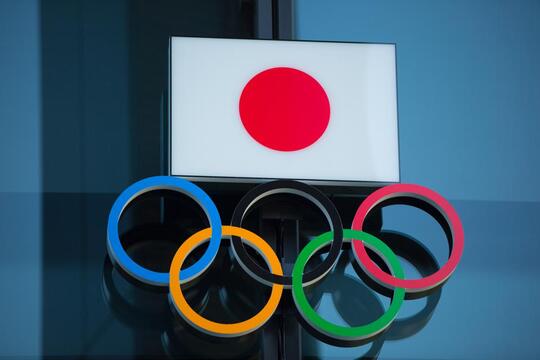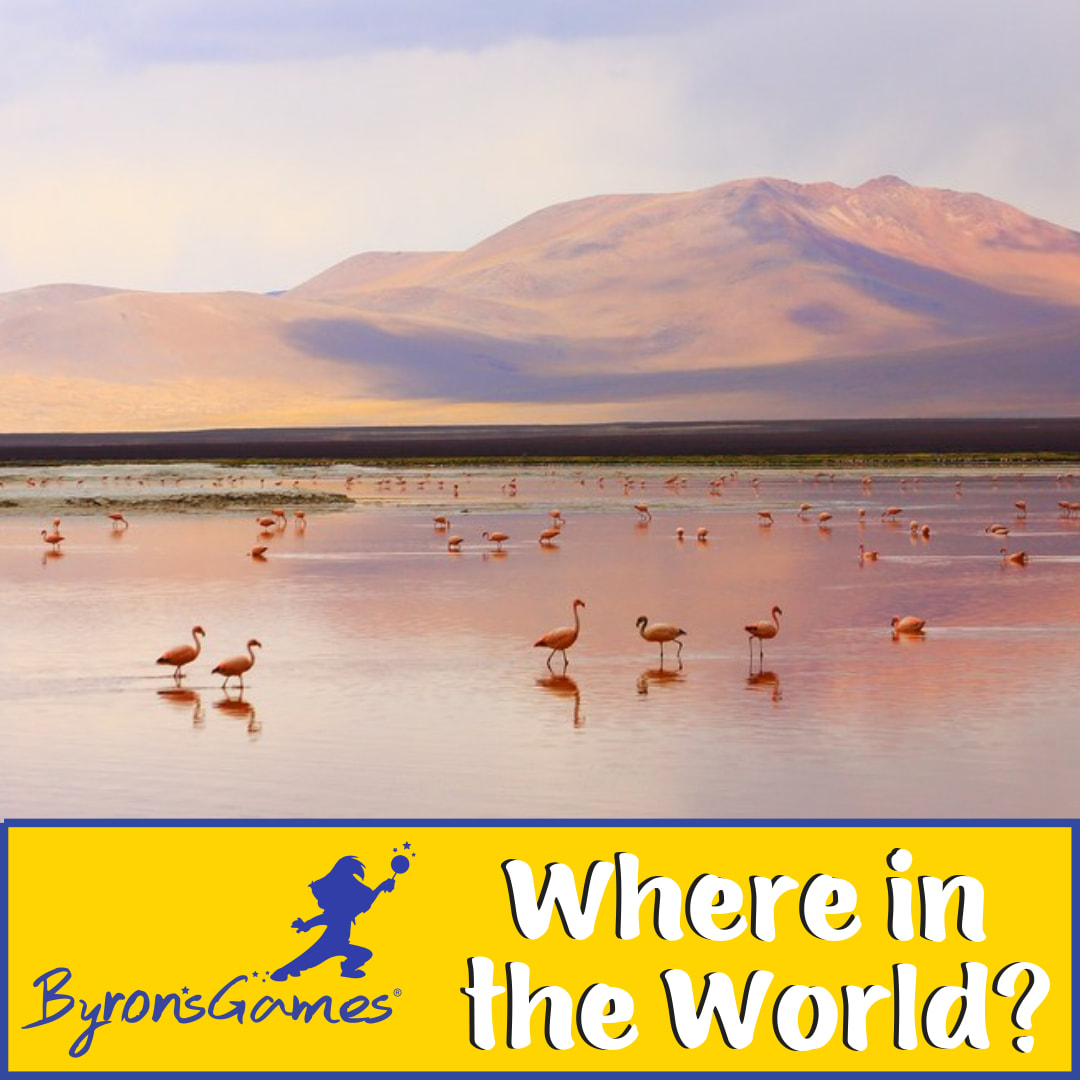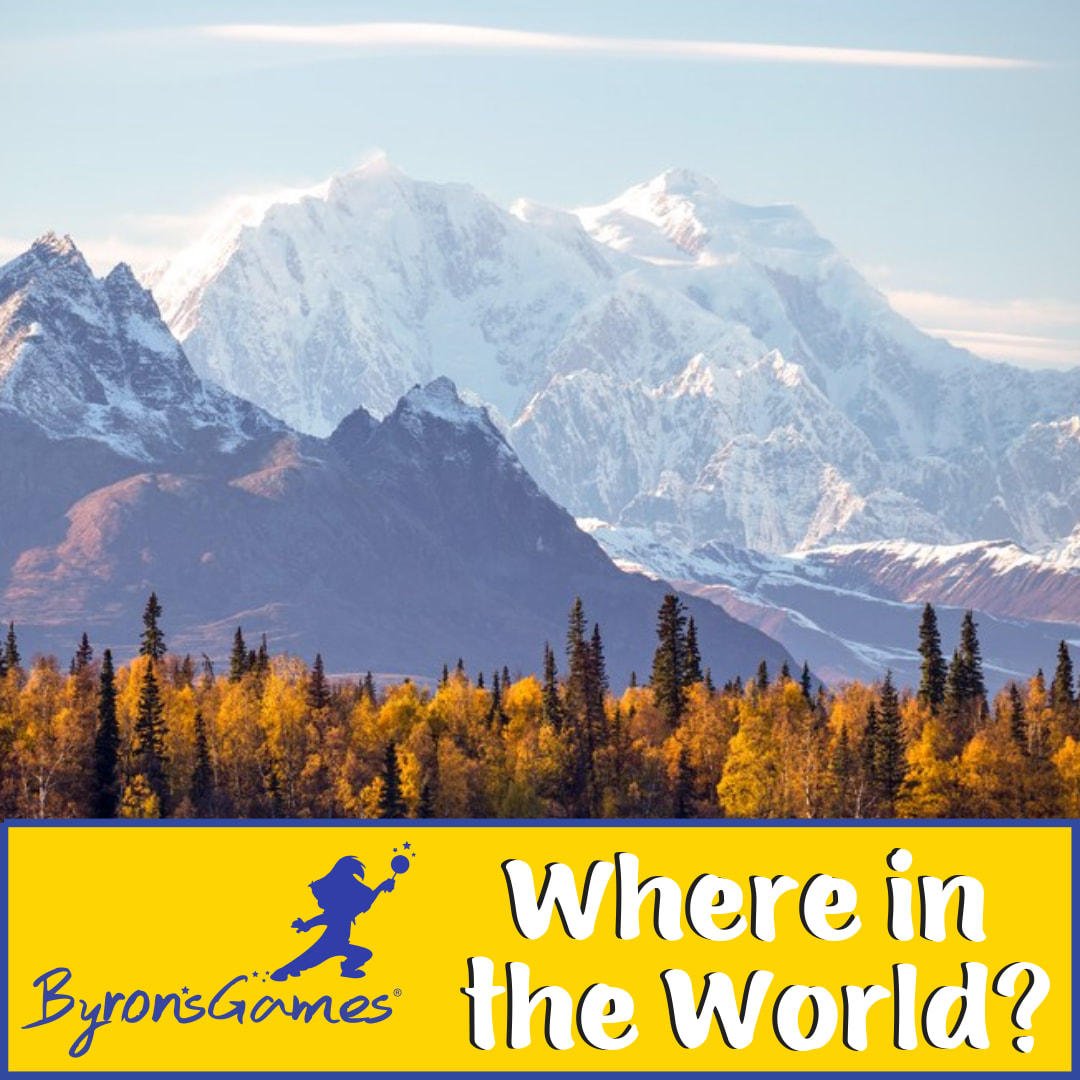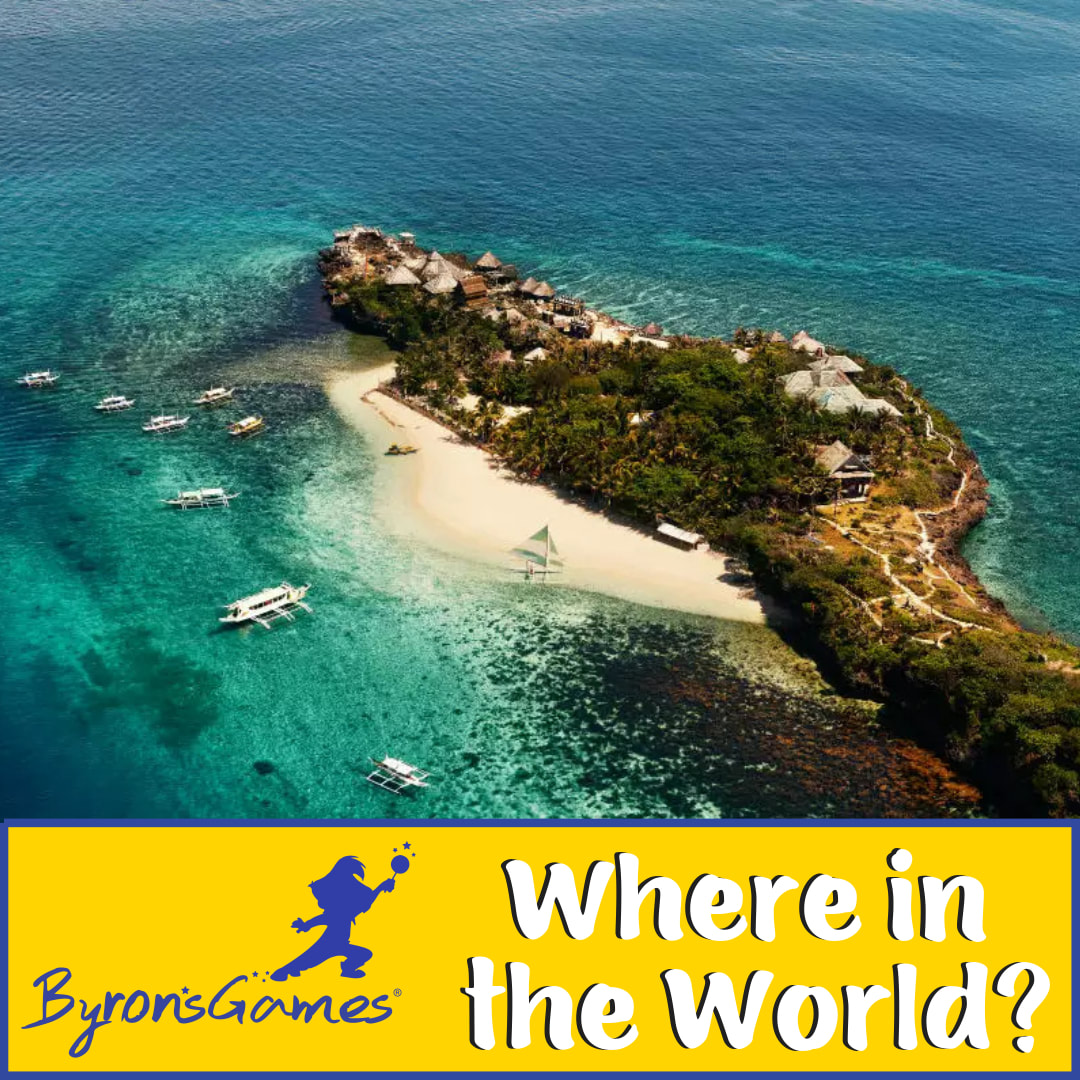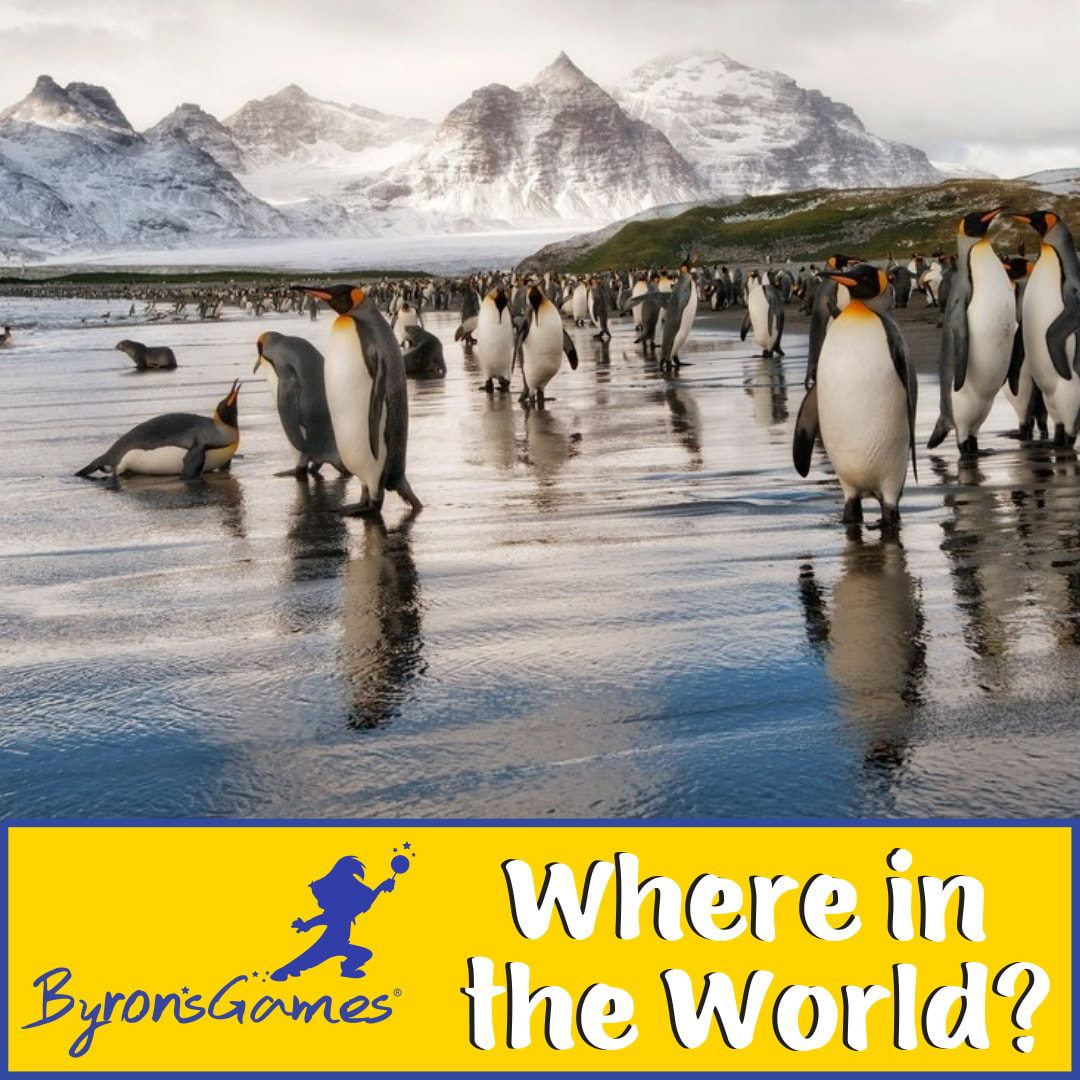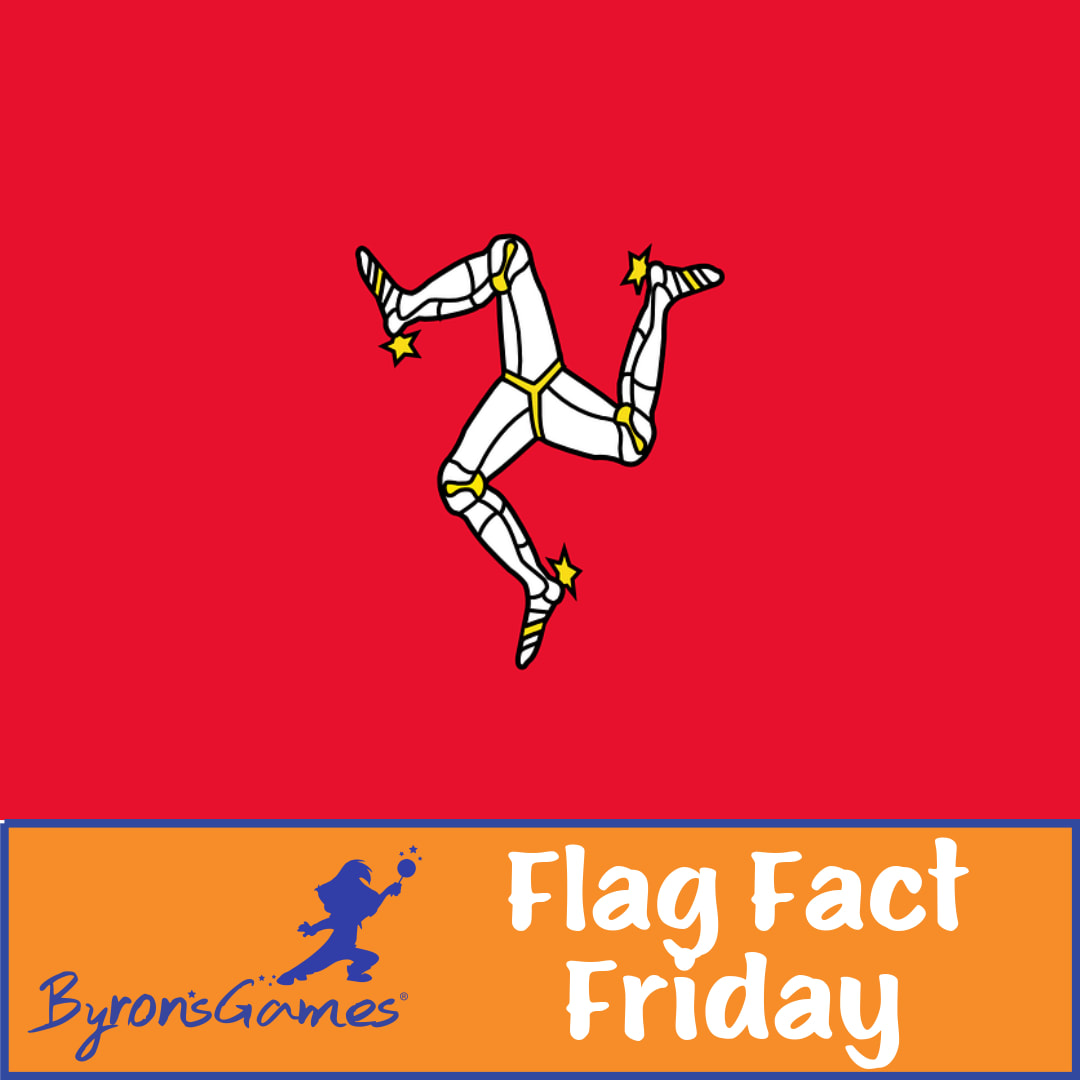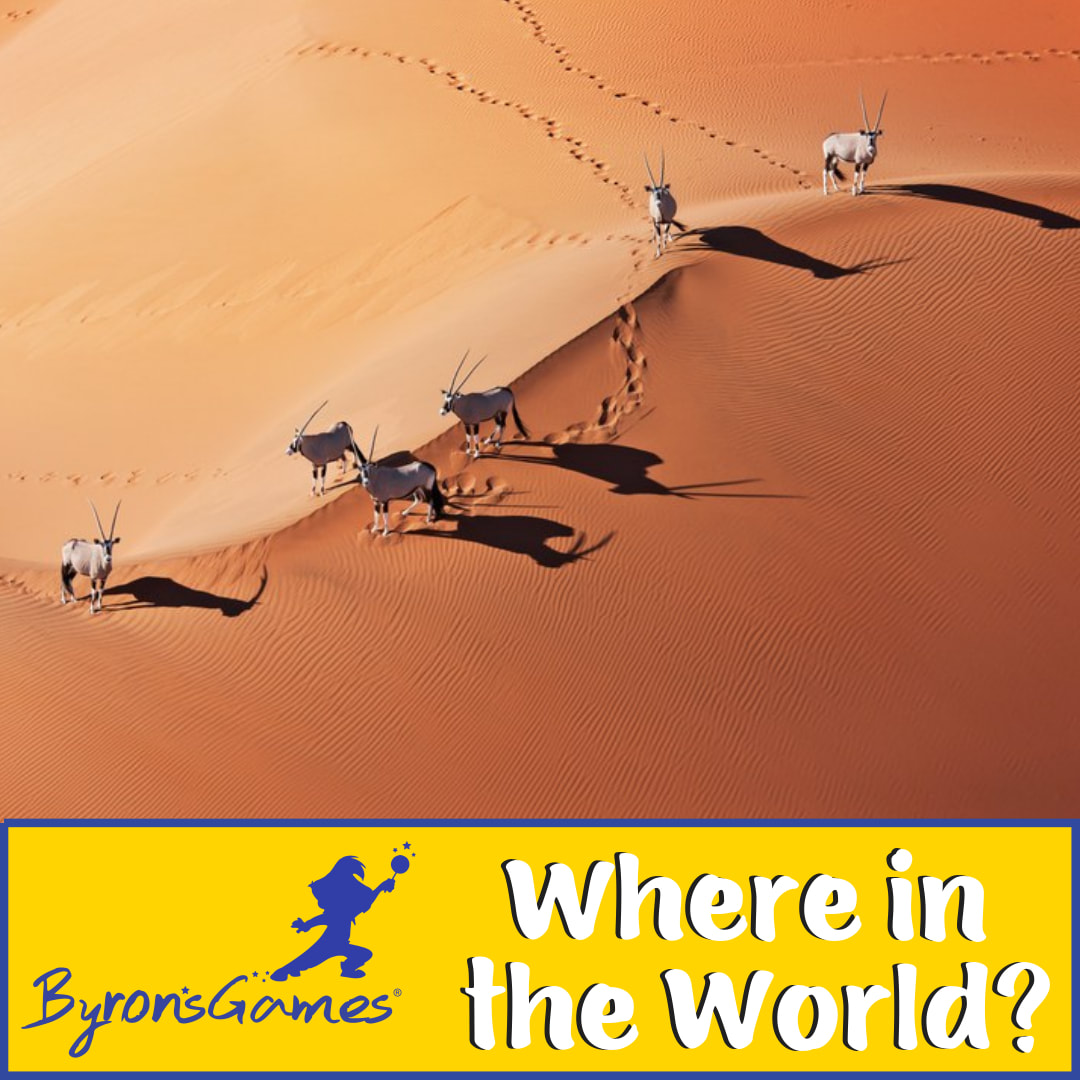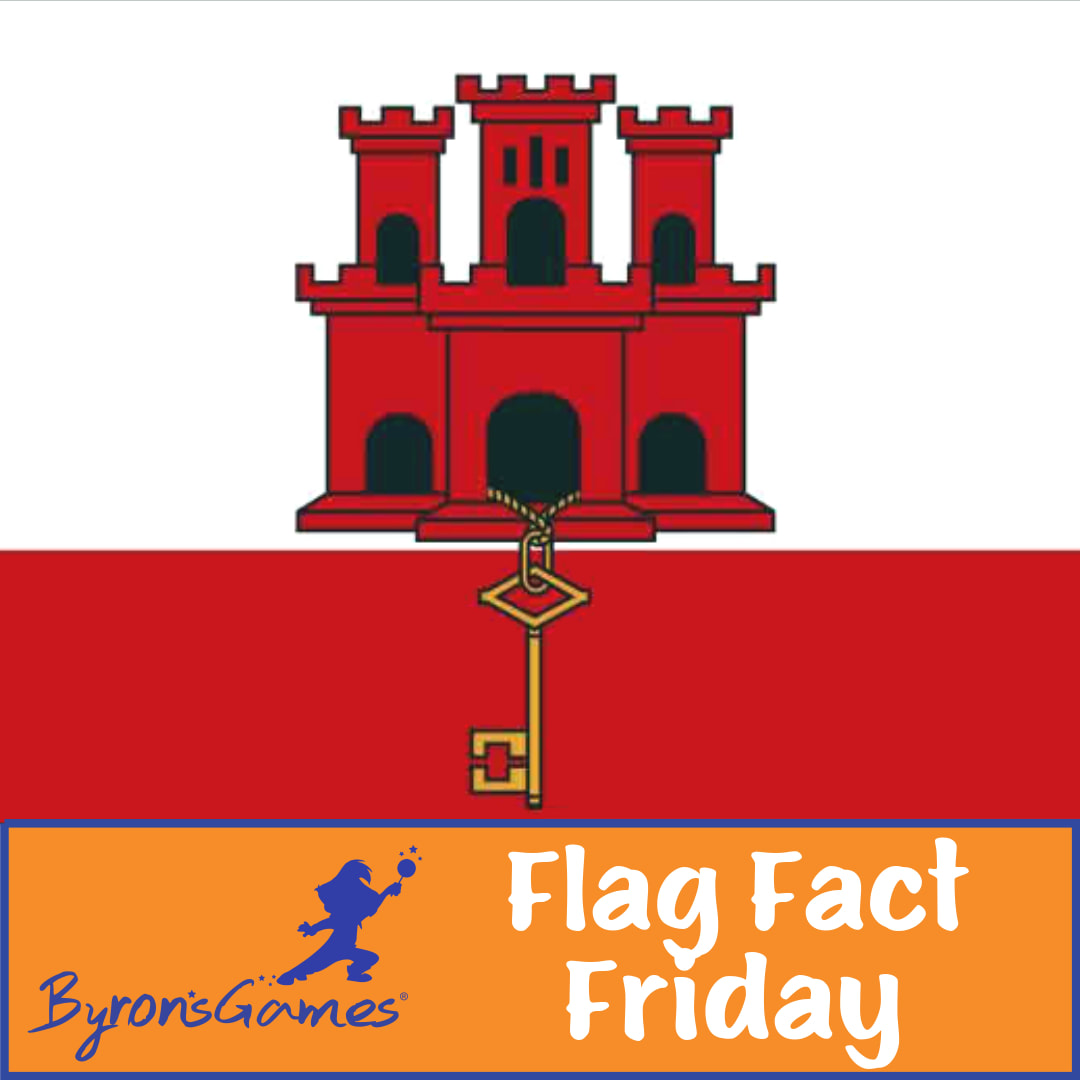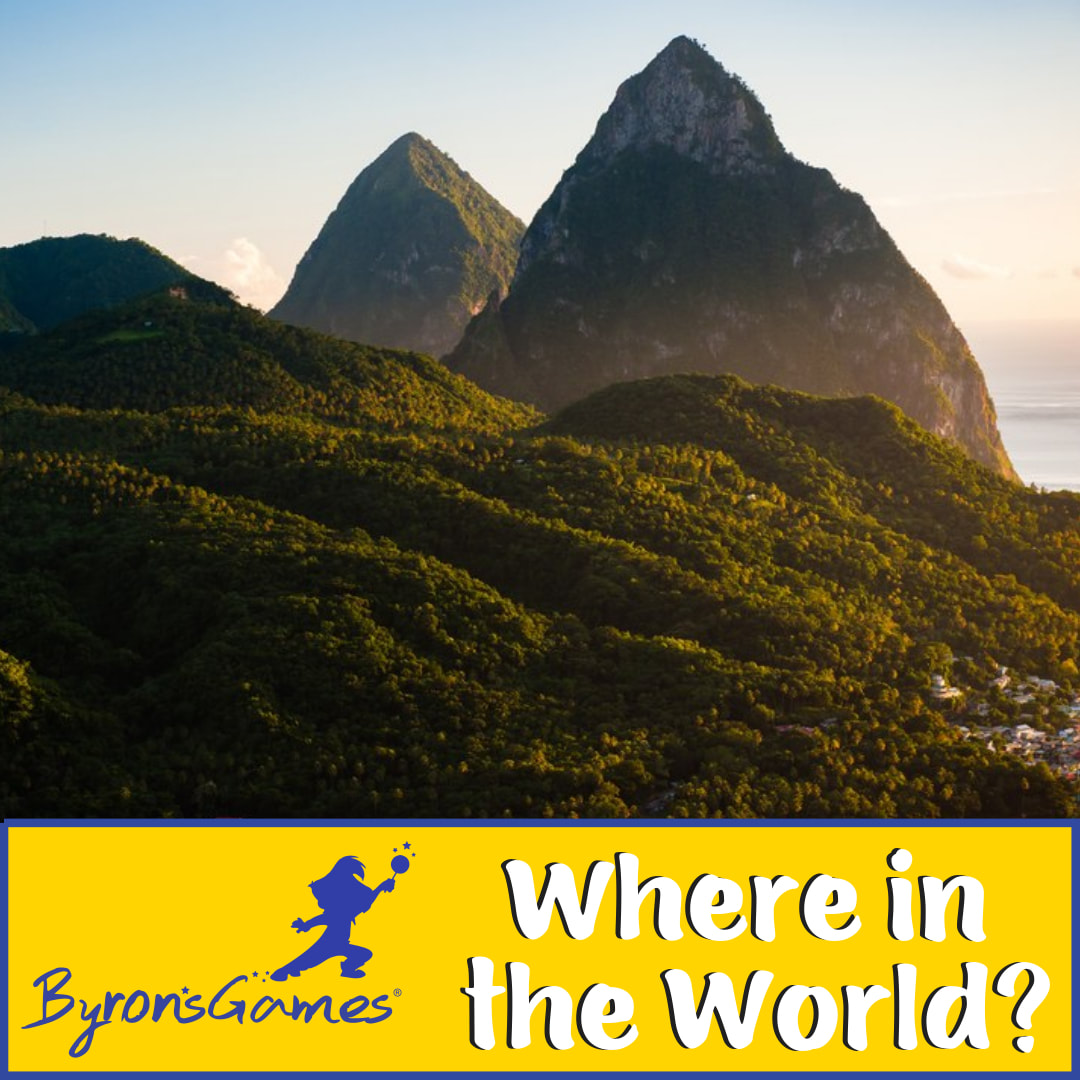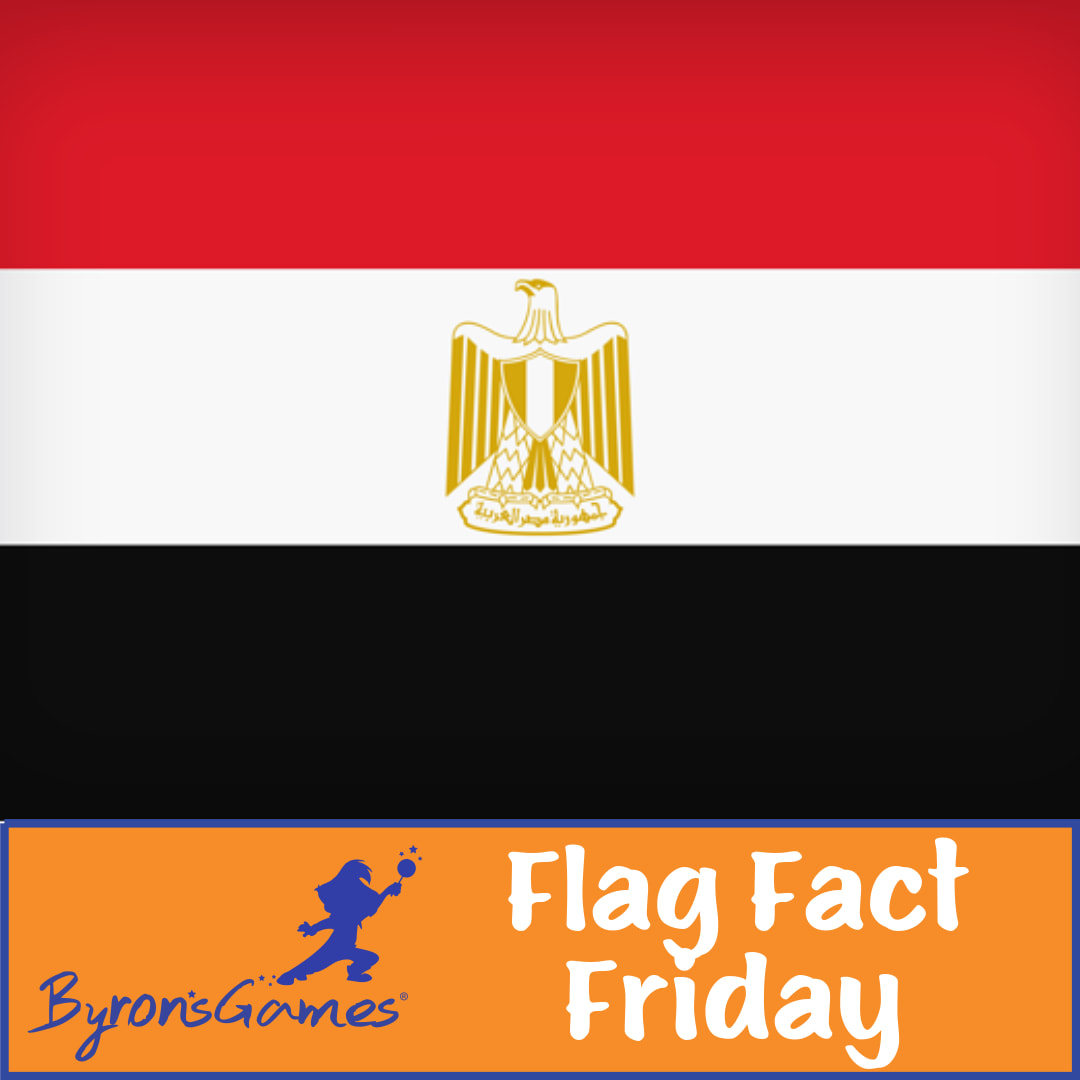Olympics in Rio de Janeiro, Brazil. Byron created the game Continent Race at age 6, during a month-long stay at Ann and Robert H. Lurie Children's Hospital in Chicago. Byron enjoyed helping Mrs. Ellen Donovan, of the Family Life Center, keep track of country medal counts during the 2016 Summer Olympic Games. Once the games ended, "Ms. Ellen" challenged Byron to create a game using flags. Byron took the challenge and ran with it! When he began creating the game, he immediately decided he wanted to create it for children in the hospital, so that they could play something fun AND learn while they recovered.
Byron started out helping keep track of medals won and identifying world flags. That lead to matching the flags to a map of the world, which quickly developed into our game Continent Race! You can keep track of medals won in this year's Olympics by clicking here. We also have a fantastic Olympics sale going on over at Amazon. Right now, the game is 12% off, but you can save an additional 11% through the end of the Olympics now through August 8th by clicking on the coupon in Amazon. That's a total of 23% savings! This also includes Prime One-Day shipping, so your family can use the game to create your own Olympics medal chart at home before the closing ceremony. We hope you all enjoy the Olympics as a family and may we all watch athletes around the world strive for greatness with the new motto, "Faster, Higher, Stronger - Together."
0 Comments
|

